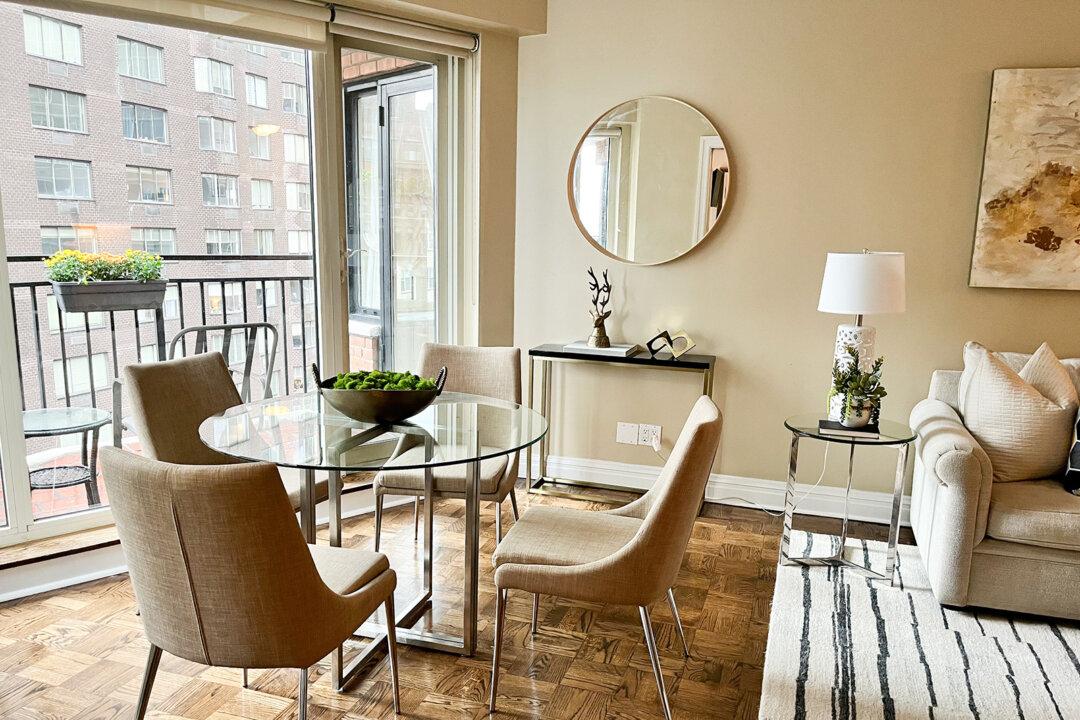By Cathy Hobbs
From Tribune News Service
Staging is a longtime secret weapon relating to selling a house. Ask any savvy real estate agent and they will likely admit that home staging is one of the key tools in their marketing toolbox.

Staging is a longtime secret weapon relating to selling a house. Ask any savvy real estate agent and they will likely admit that home staging is one of the key tools in their marketing toolbox.